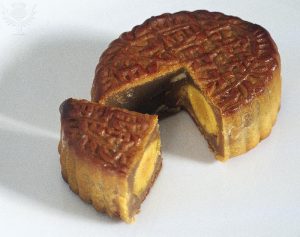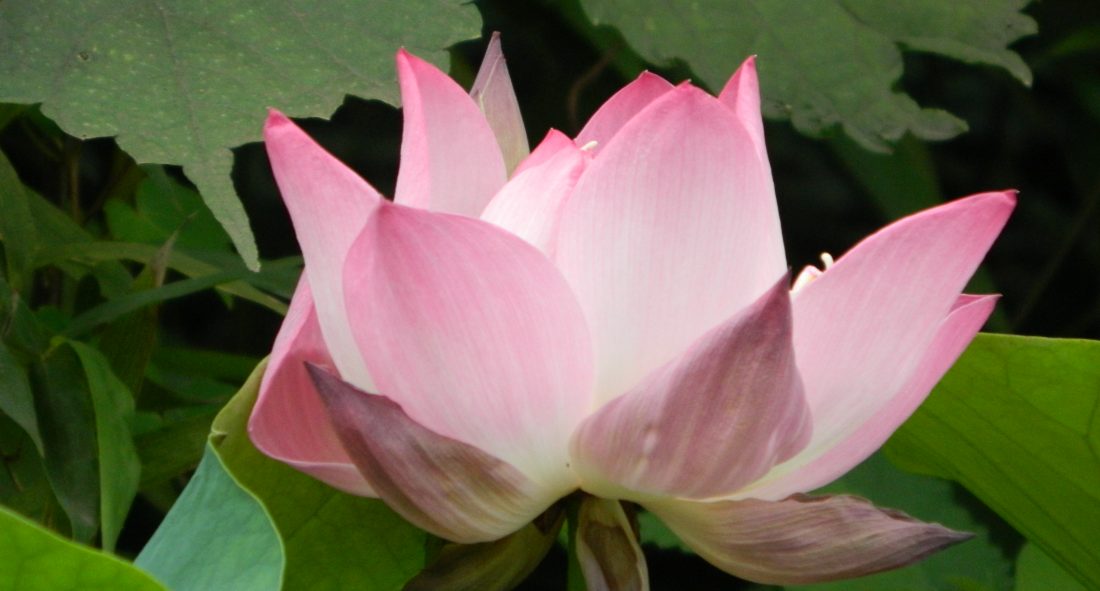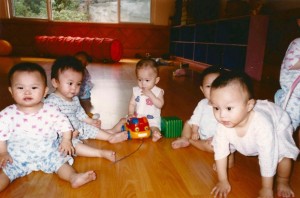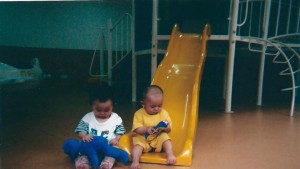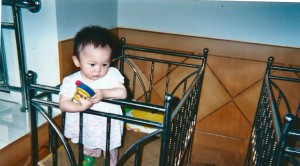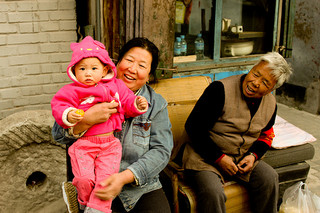By A. Nichols

The Chinese marriage tradition has gone from what was formerly arranged marriages to modern self-chosen marriages. Previously, the parents arranged marriages to provide only the finest partner for their children. Though most people would think this type of relationship wouldn’t survive, Xu Xiaohe and Martin Whyte said in their journal article that arranged marriages always “start out cold and grow hot”. The Chinese believe that the couples learn to love each other the longer they are together. However, the idea of arranged marriages is becoming less and less popular in the Chinese culture due to the increase in status of women in society. Chinese women have obtained a lot more rights in the past few years and finally have gained equal rights with men. With this, women are more interested in marrying a man that will be able to support them and their family with a prosperous job and good personality. Women are also getting married much older because they have decided they want to become something first and go out and work in a work place, rather than just staying home. All of these elements affect marriage because not only are people making their own choice of whom they will marry, they are also making something of themselves as an individuals. The Chinese are also becoming more accepting of divorce. Though the older generation believes that the younger generation won’t attempt to make their relationships work, it is still seen that some relationships will just never work out.[1] More Chinese have been getting divorced as the country revolutionizes.
When taking a look at the historical American practices, we see it’s somewhat similar to what is practiced today with the exception of a few changes. Starting in the late 1600’s the American colonies adopted the “English common law, which said, ‘by marriage, the husband and wife are one person in the law.’”[2] Back then women didn’t have rights in America, and the men controlled most of what they did. Women couldn’t have property in their name, so their husbands controlled all of their assets. Today women have equal rights to men. Divorce is also something that has had a big influence on American culture. In 1969, “California adopt[ed] the nation’s first “no fault” divorce law, allowing divorce by mutual consent.”[3] This allowed both men and women to separate if their marriage was not working out as they had hoped. This trend wasn’t very popular at first, but allowed the option if it was necessary. But today, the idea of divorce has become very popular. Many Americans decide to take the easy route of getting a divorce rather than trying to work through their relationship. The divorce rate for America is at an all time high, “41-50%”. [4]
The Chinese and Americans started off with numerous different marriage traditions and beliefs, but as the world modernizes, their similarities began to show more significantly. Though they are moving at different speeds and at different times, they are both moving in a similar direction toward similar beliefs.
[1] Xinxin, Zhang, “How Come You Aren’t Divorced Yet?” Unofficial China: Popular Culture and thought in the People’s Republic, edited by E. Perry Link, Richard Madsen, and Paul Pickowicz, 66.
[2] Shenker, Jill. “A Selective History of Marriage in the United States | Solidarity.” Solidarity: A Socialist, Feminist, Anti-Racist Organization. http://solidarity-us.org/node/370. 2004 (accessed November 8, 2012).
[3] Shenker. “A Selective History of Marriage in the United States | Solidarity.” 2004.
[4] “Divorce Statistics and Divorce Rate in the USA.” Divorce Statistics. http://www.divorcestatistics.info/divorce-statistics-and-divorce-rate-in-the-usa.html (accessed November 8, 2012).
